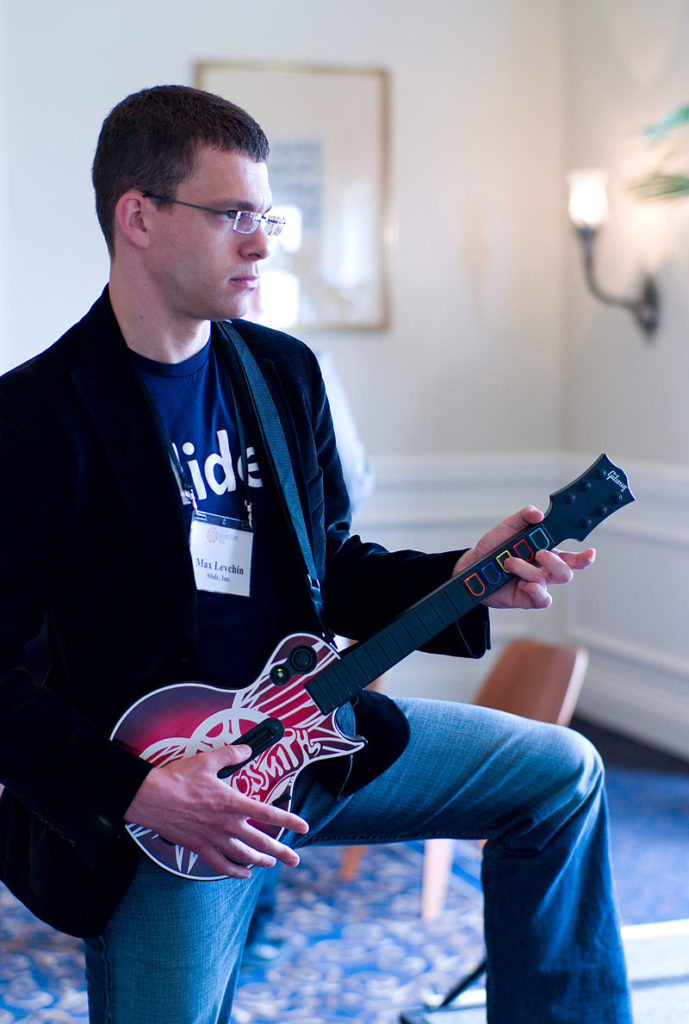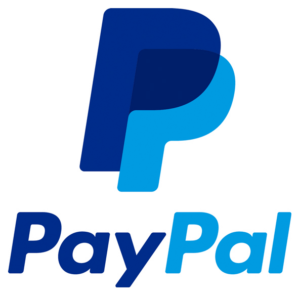Welcome to our first Pivotal Moments blog. If you follow us on social media, you’ll know what this is all about. To paraphrase Confucius, it’s only by knowing where we’ve been that we can know where we’re going.
“Study the past, if you would divine the future.”
Confucius
Given the ease of online shopping these days, it’s strange to think back to a time when sending and receiving payments online wasn’t as simple as a couple of clicks. Back in the 90s, it wasn’t such an easy process, and the concept of straightforward transactions was bizarre, despite most banks having the means to conduct them.
Now, most of us have a PayPal account, or have at least heard of the online payment giant. But once upon a time, instant payment systems weren’t an everyday occurrence.
Spotting that gap in the market was a stroke of genius – or the work of several geniuses. Here’s how it went down.

The Beginning
Max Levchin was born in 1975 in Kyiv, Ukraine to a Ukrainian Jewish family. After moving to Chicago in 1991, Levchin launched three start-up companies before his graduation, one of which was NetMeridian, and sold to Microsoft for $100k.
While waiting for the deal to go through, and almost entirely broke, Levchin travelled across the country to Silicon Valley, where he stayed with a friend and wondered what to do next. Whilst there, he attended a lecture at Stanford University by an American businessman named Peter Thiel.
Levchin proposed an idea to Thiel. He described a library that encrypted schemes that could be licensed. Thiel found the idea so intriguing that he agreed to invest some pocket change into the company – say a few hundred thousand dollars.
The fledgeling company was named Field Link, but it wasn’t long before Levchin concluded there was no demand for the level of security they provided.
Around this time, Thiel threw out the suggestion of storing money. And just like that, filled with inspiration, Levchin was off. He made it his mission to create a cryptographically secure “I Owe You” note that would function as an informal document that acknowledged a debt.
The note could be sent from user to user via a personal digital assistant (think Palm pilot). They named the venture Confinity. The year was 1998.
The ‘Pivotal’ Moment
Together with two others (Ken Howery and Luke Nosek), Confinity was founded by Levchin and Thiel with the premise that it would create low-cost, effortless digital payments.
Soon after, Levchin pointed out that personal digital assistants weren’t necessary. He remarked that he could sync the software with emails and the internet so that money could be transferred without one. This product was quickly renamed: PayPal.
The founders’ idea was efficient because of its sheer simplicity. Customers would share their emails, bank and credit card information, and in return, they could make low-cost payments, fast.
As no one had been focusing solely on the burgeoning digital market between consumers and businesses, PayPal took off quickly.
Then, in 2000, Elon Musk – who had a similar business, X.com – became interested. He orchestrated a merger between the two companies and quickly realised that PayPal was far more profitable.
Before the creation of PayPal, early retail sites were left with no other choice than to take payments in cheque form, or through money orders. The genius of Levchin and Thiel’s idea is partly its innovativeness, and partly the simple fact that no other company had noticed the gap in the market for an online payment system.
It’s no surprise that small businesses, online merchants and consumers quickly got on board. Within three years, PayPal had handled more than $3 billion in payments from over 10.2 million individuals and 2.6 commercial customers.
In 2002, PayPal became a publicly-traded company, and their stock grew to 55% on NASDAQ. It was a huge success in a very short space of time, and few could have predicted it.

PayPal Today
If you’ve ever used eBay online, you’ve likely heard of PayPal. In July 2002, eBay Inc. acquired PayPal for the low, low price of $1.5 billion – which makes perfect sense. PayPal has been and remains the first choice of payment for most eBay users.
This acquisition only served to help PayPal’s exponential growth.
In 2005, PayPal acquired VeriSign Payment Solutions, then Braintree Payments in 2013.
But in 2014, an investor in PayPal, Carl Icahn, had had enough. He spearheaded a huge public campaign that demanded PayPal split from eBay to enjoy further growth and provide more valuable services. By July of the same year, PayPal was a public company once more.
On its first official trading day as a public company, the market value of PayPal reached $49 billion. And to top it off, the new market value exceeded that of eBay’s!
Since then, PayPal has only continued to grow. Of course it has. Did you know that PayPal enables users to withdraw funds in 56 currencies, hold them in 25 and receive them in over 100?
Today, PayPal has around 346 million active accounts worldwide. In 2019, 12.4 billion payments were made through the company, and the numbers only go up each year. E-commerce is going nowhere, and while it’s the first choice for consumers, PayPal will continue to boom.
What do you think about PayPal? Do you have an account?